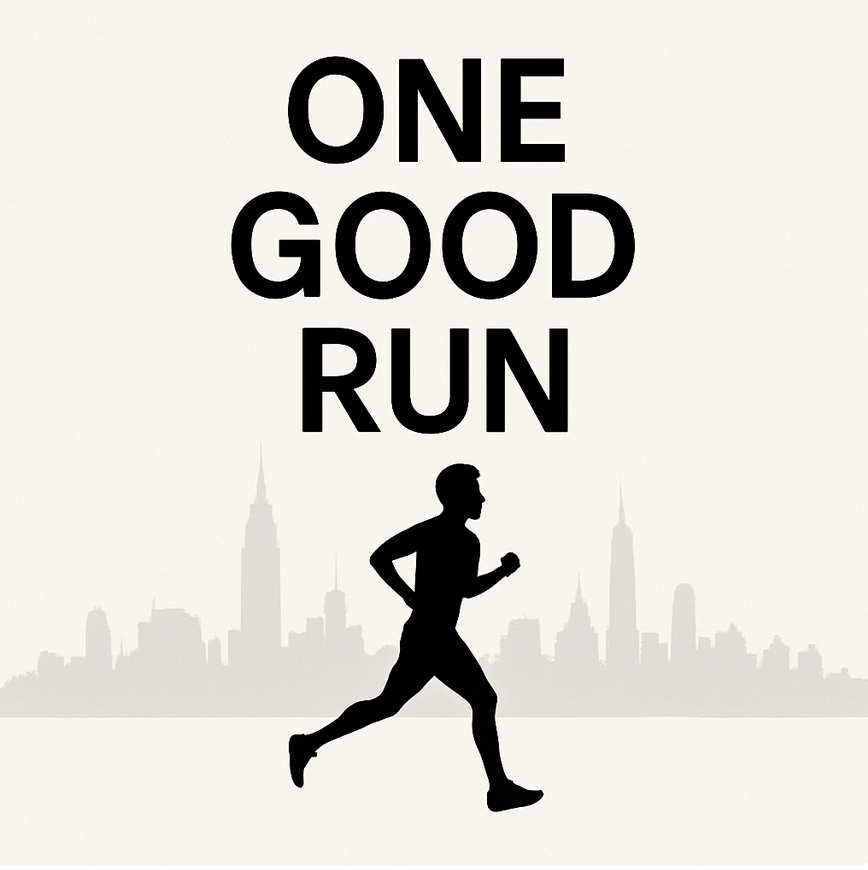When someone first walks into my clinic, I usually see two types of people:
(1) those who do too little because they’re afraid of pain and
(2) those who do too much because they’re afraid to stop.
Both end up stuck — not because of weakness or willpower, but because their system has lost rhythm.
That’s why I use something called the Pliability–Strength Matrix:
A simple way to help you see where your body sits in the balance between strength (load) and pliability (recovery).
It explains why pain, fatigue, and stiffness aren’t random — they’re just feedback that your stress–recovery equation needs a tune-up.
Before we get to the quadrants, let’s define these two terms pliability and strength.
🌿 What Is Muscle Pliability?
Pliability means your muscles can contract fully and then relax completely.
It’s the ability of your tissue to stretch, adapt, and return to shape — without staying tight, sore, or weak.
When a muscle is pliable, it’s strong and responsive: it can handle stress, move smoothly, and recover quickly.
When it’s not pliable, it feels stiff, heavy, or “switched on” all the time — a sign the body is protecting itself rather than adapting.
In simple terms:
Pliability is your muscle’s ability to tighten when needed and let go when finished — strength with softness.💪 What Is Muscle Strength?
Muscle strength is your body’s ability to create force and handle load — to lift, move, and stabilize without strain.
Strong muscles support your joints, absorb impact, and protect you from injury. They help you stand taller, move with confidence, and do more with less effort.
When strength drops, your body feels unstable or easily fatigued.
When strength improves, you feel solid, capable, and powerful.
In simple terms:
Strength is your muscle’s ability to produce force and stay steady — power with control.
🧭 The Four Quadrants
Your body constantly adapts to stress.
Too much or too little load, without enough recovery, leads to one of four predictable patterns.
Each has its own story, physiology, and path back to balance.
1. The Stone — Weak + Stiff
State: Low energy, low movement confidence.
Nervous system: “Freeze” mode (dorsal vagal).
Tissue story: Poor blood flow, cold or heavy muscles, dehydrated fascia.
Load–recovery equation: Too little load + too little recovery.
The system has shut down to protect itself.
Feels like: heaviness, chronic tension, fatigue after minimal activity.
Likely background: long periods of sitting, fear of flare-ups, burnout, under-recovery.
What helps:
Start with FEEL — breathing, gentle movement, warmth, circulation.
Dry needling can act as a “reboot,” waking up frozen tissues.
Think micro-steps, not marathons.
Practice self-compassion: your body isn’t lazy, it’s conserving energy.
Pathway: 🪨 → 🌾 → 🌿
Move from stillness to mobility, then build strength.
2. The Willow — Weak + Pliable
State: Flexible but under-supported.
Nervous system: calm but low-energy ventral state.
Tissue story: under-toned muscles, weak collagen scaffolding, low metabolic drive.
Load–recovery equation: Low load, adequate recovery — but not enough stress to stimulate growth.
Feels like: floppy, unstable, easily tired.
Likely background: lots of stretching or yoga, low protein, minimal resistance work.
What helps:
Shift into MOVE — isometrics, glute/core activation, controlled tension.
Dry needling can improve muscle activation, not just release.
Learn to create healthy stress.
Self-compassion: your openness is a strength — it just needs grounding.
Pathway: 🌾 → 🌿
Build tone and power without losing flow.
3. The Oak — Strong + Stiff
State: High output, low recovery.
Nervous system: sympathetic “fight/flight” mode.
Tissue story: tight, dehydrated fascia; acidic, over-worked muscles; low sleep recovery.
Load–recovery equation: Too much stress, not enough recovery.
Feels like: tight, wired, sore, restless.
Likely background: heavy training, HIIT, perfectionism, caffeine-fueled days.
What helps:
Shift into FLOW — breathing, walking, massage, gentle mobility, sleep prioritization.
Dry needling can restore circulation and decompression.
Learn that recovery is not the opposite of progress — it is progress.
Self-compassion: your drive is valuable; it just needs rhythm.
Pathway: 🪵 → 🌿
Learn to bend without losing strength.
4. The Bamboo — Strong + Pliable
State: Adaptive, balanced, responsive.
Nervous system: integrated — sympathetic and parasympathetic in harmony.
Tissue story: hydrated, elastic, well-perfused, mitochondria humming.
Load–recovery equation: Balanced stress and recovery cycles.
Feels like: light, powerful, confident.
What helps: maintain rhythm.
Your job isn’t to do more — it’s to keep the oscillation between effort and ease alive.
That’s what the daily KIN Foundation routine is for — a 7-minute recalibration of breathing, movement, and flow.
The sweet spot isn’t zero stress — it’s oscillation.
Bamboo physiology means your system knows when to tense, when to release, and how to bounce back.
💓 HRV and the Nervous System
Stone: HRV very low — system frozen, unresponsive.
Willow: HRV moderate but flat — relaxed, not reactive.
Oak: HRV low — over-aroused, poor recovery.
Bamboo: HRV dynamic — flexible, rhythmic.
High variability isn’t the goal — appropriate variability is.
You want HRV that dances with your day: low during effort, high during rest.
🧘 The KIN Foundation Pathway
FEEL → MOVE → FLOW → MAINTAIN
Each phase restores a layer of regulation:
FEEL: restores interoception and safety.
MOVE: rebuilds strength through control.
FLOW: restores pliability and recovery.
MAINTAIN: keeps the rhythm as life changes.
KIN isn’t about doing more — it’s about recovering smarter.
It’s the missing link between therapy and performance.
Final Thought
Your pain, stiffness, or fatigue isn’t random.
It’s your system asking for rhythm — not punishment.
The KIN Foundation exists to help you rebuild that rhythm: seven minutes a day to Feel, Move, and Flow your way back toward Bamboo.
Bamboo bends but doesn’t break.
That’s not luck — that’s physiology in rhythm.
Daniel O’Grady, Physiotherapist
KIN Foundation™ — Feel. Move. Flow.







